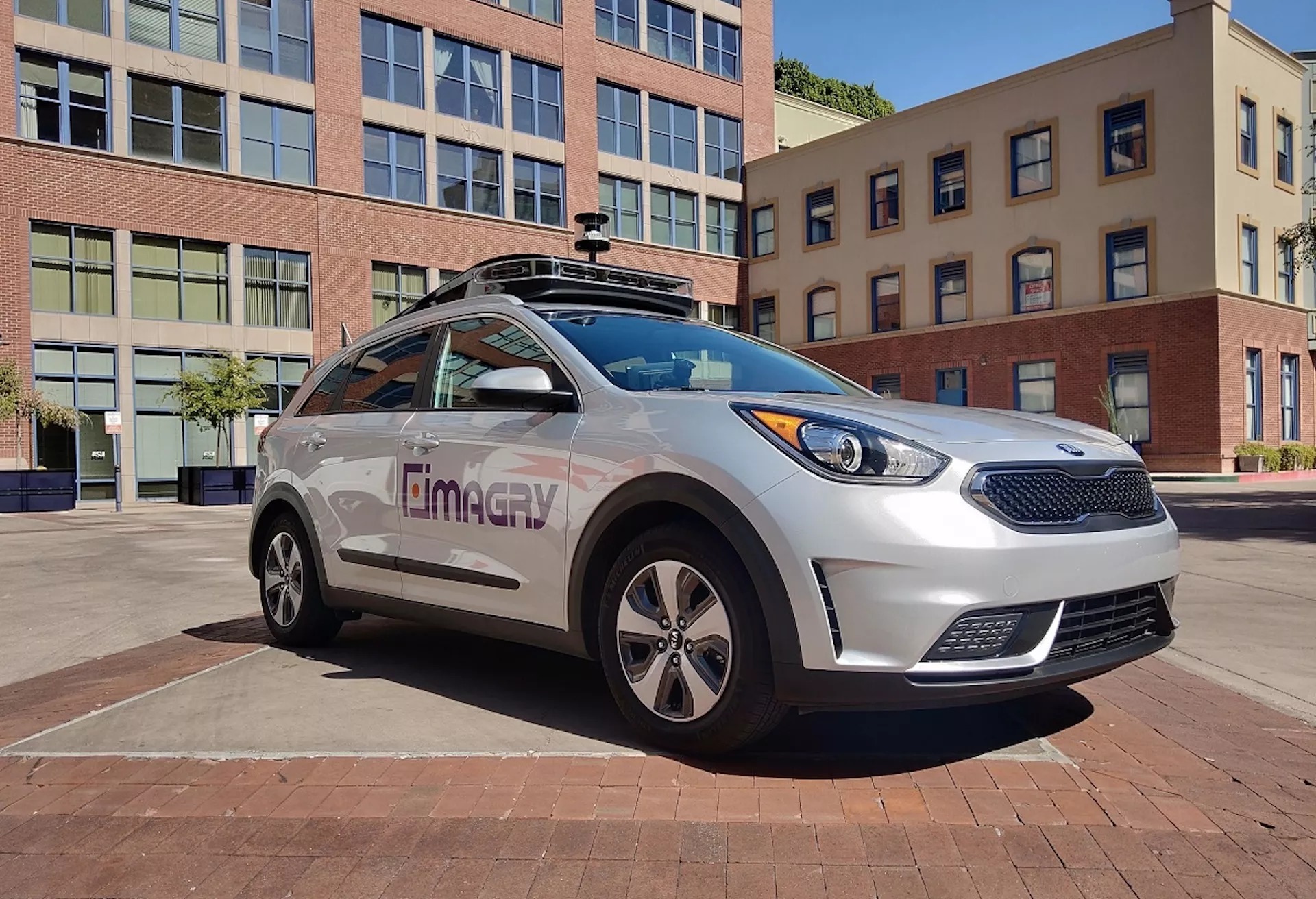In the ever-evolving landscape of autonomous vehicles, the competition to develop the most effective self-driving technology is intensifying. As history has shown, great technological advances often face challenges from alternative solutions to the same problem.
Whether it was Thomas Edison and Nikola Tesla’s clash over AC and DC current or Sony’s Betamax facing off against the VHS tape system, the quest for supremacy in innovation is rife with rivalries. Now, a key battleground for self-driving technologies has emerged, pitting companies advocating for highly detailed maps against those favoring a mapless approach.
Certain firms firmly believe that self-driving cars should rely on intricate maps of their surroundings, providing advanced information about road layouts, traffic lights, pedestrian crossings, and potential hazards. To enhance their ability to detect moving obstacles like cars and cyclists, these systems utilize Lidar or camera technology. For these proponents, map data forms the foundation of their autonomous driving systems.
On the other hand, there are companies such as Tesla and Israeli startup Imagry who challenge the necessity of maps altogether. They argue that attempting to map the entire world with minute precision is impractical, given the transient nature of construction projects and road diversions that render the information quickly obsolete. Instead, they advocate for autonomous vehicles to rely on their sensor technology to detect, assess, and respond to obstacles in real-time, emulating the capabilities of the human brain.
Imagry recently showcased its autonomous technology by navigating through the bustling traffic of Tel Aviv, successfully maneuvering past obstacles and hazards commonly encountered in a busy city. While the company employs a basic navigation system, it does not rely on specialized, highly detailed maps tailored explicitly for self-driving purposes.
“The best ideas will come out on top,” remarked Raj Rajkumar, an engineering and robotics professor at Carnegie Mellon University, emphasizing the absence of an industry standard in this field. Multiple companies are exploring diverse paradigms, with each vying to emerge as the frontrunner.
Rajkumar acknowledges that mapless systems, or those relying on basic map data, may be suitable for lower levels of autonomy and potentially even at higher levels in favorable weather conditions. However, he asserts that highly detailed maps will be indispensable in adverse weather scenarios.
Contrary to this viewpoint, Imagry contests the notion, having already deployed an autonomous bus at an Israeli hospital. The company intends to market its Level 3 and 4 autonomous driving technology to automakers, asserting that it will be a more cost-effective alternative to HD map-based solutions.
As the competition heats up, the future of autonomous driving remains uncertain. It is evident that different companies are pursuing divergent approaches, each confident in the merits of their respective systems. Ultimately, time will reveal which path leads to the most efficient and safe autonomous driving technology.

